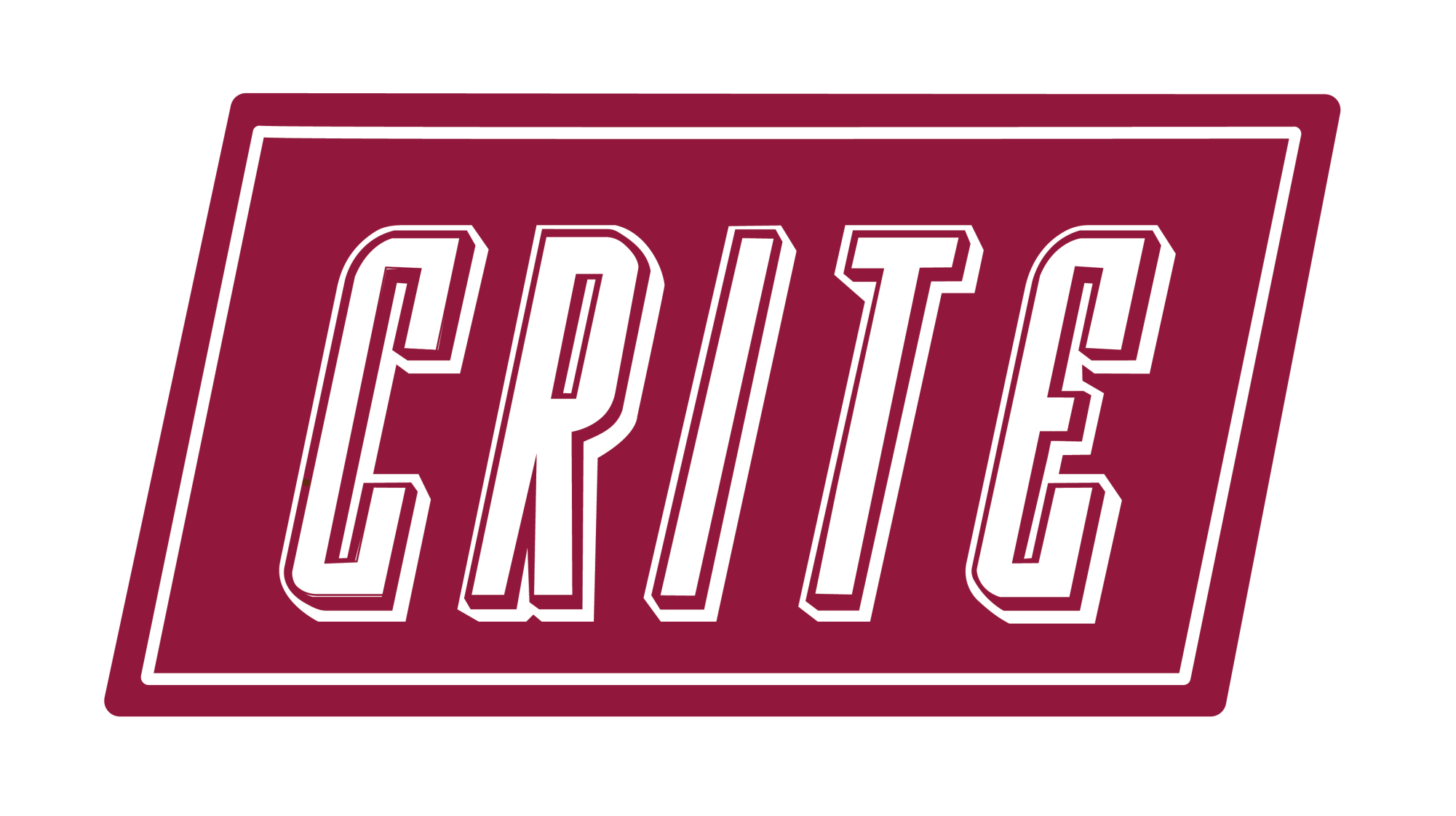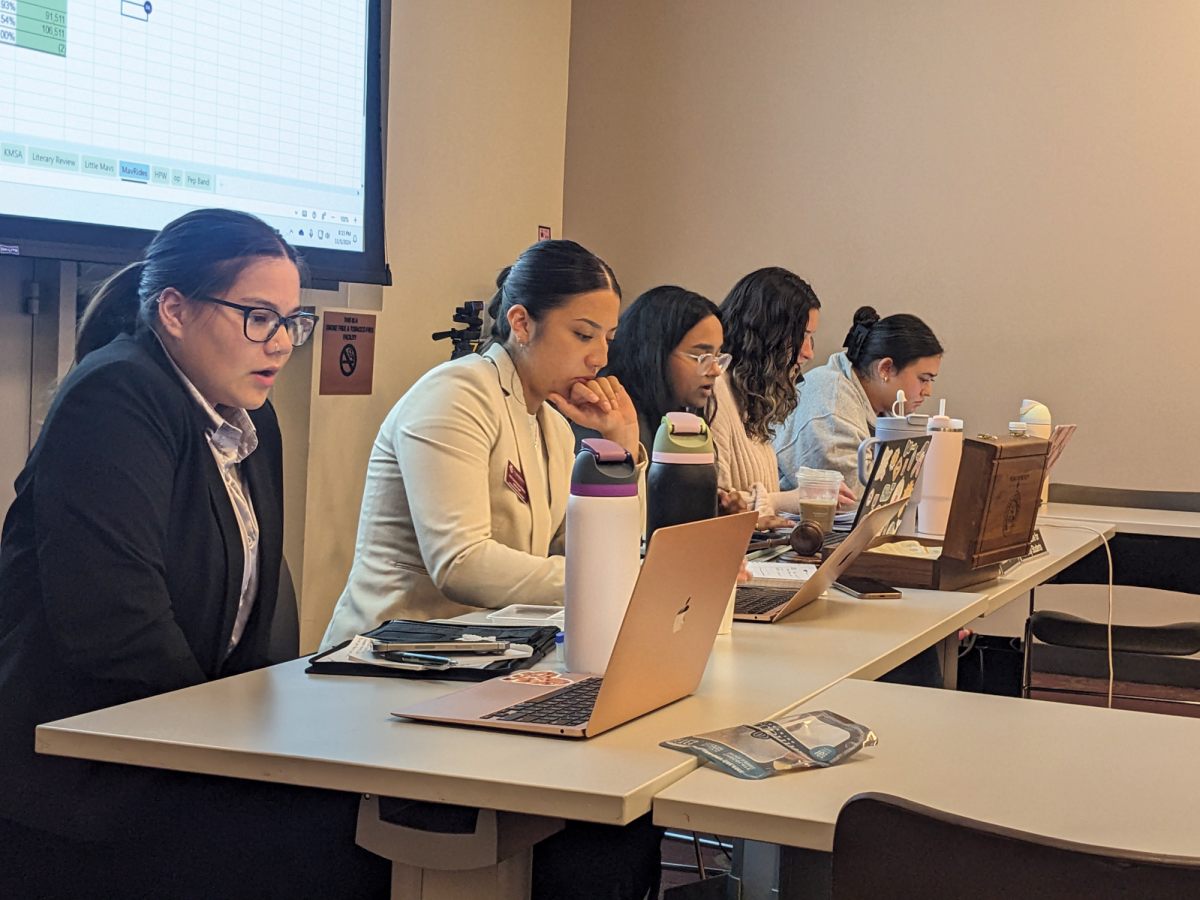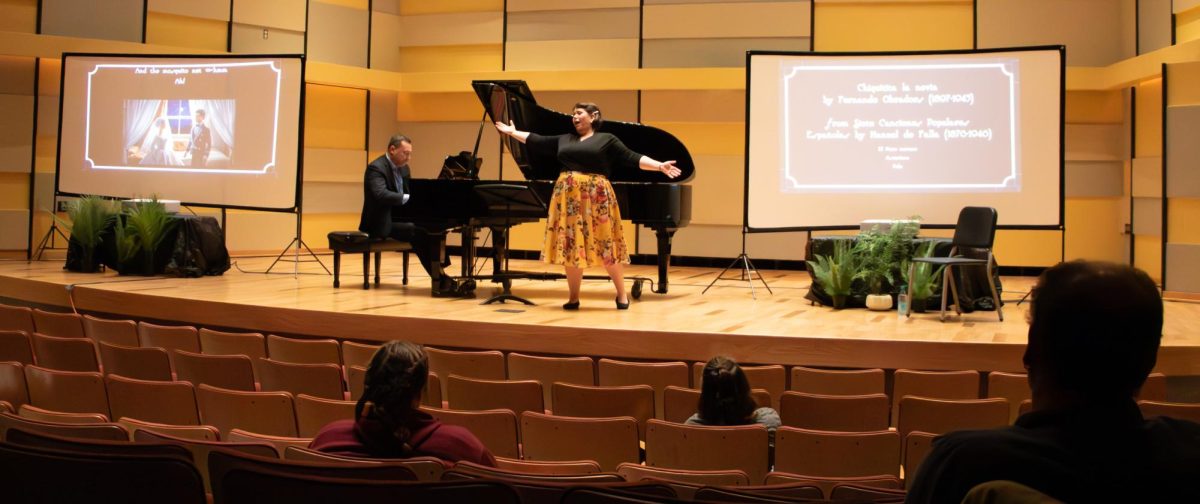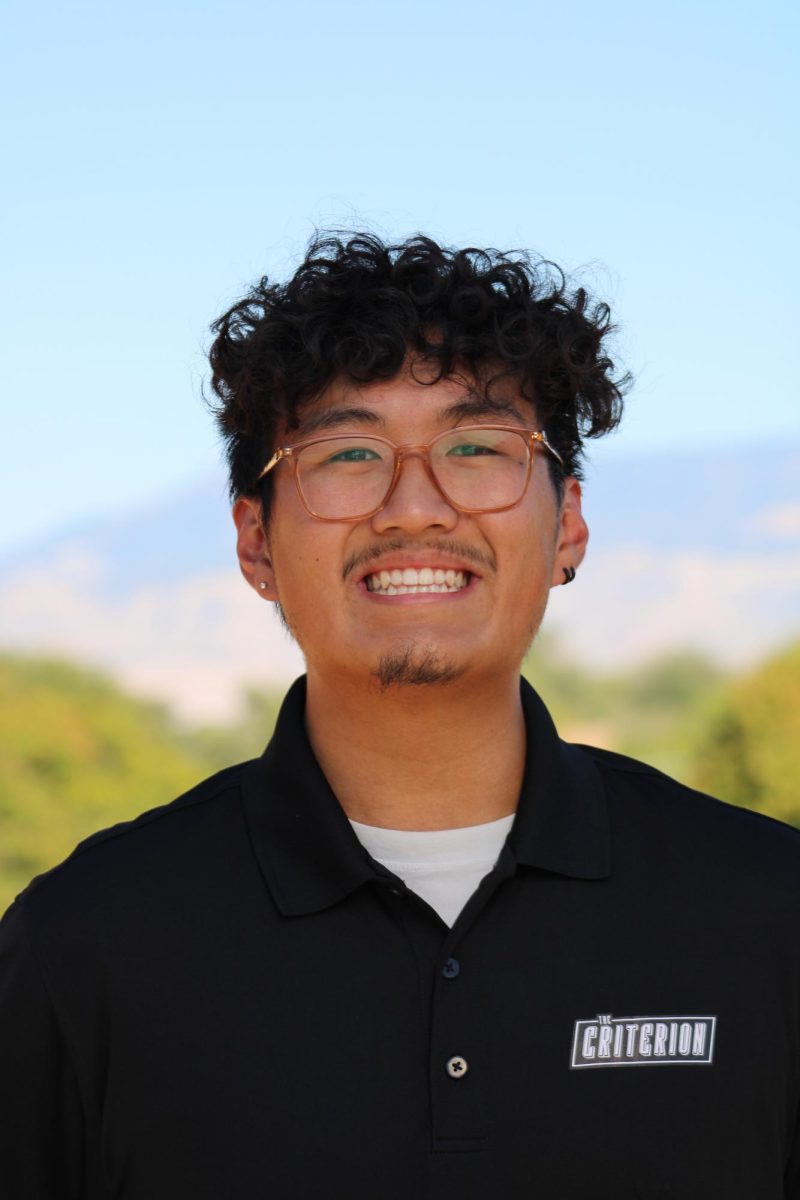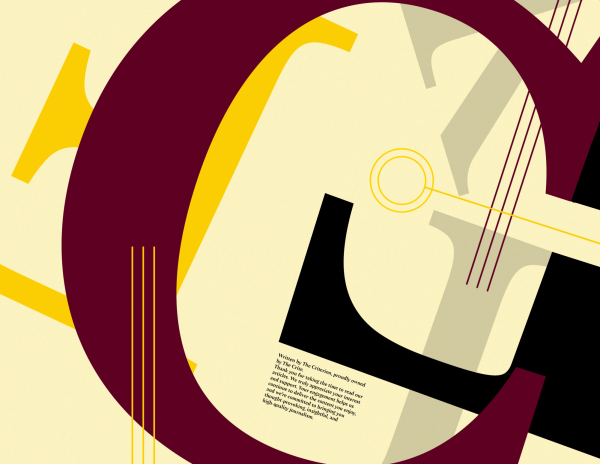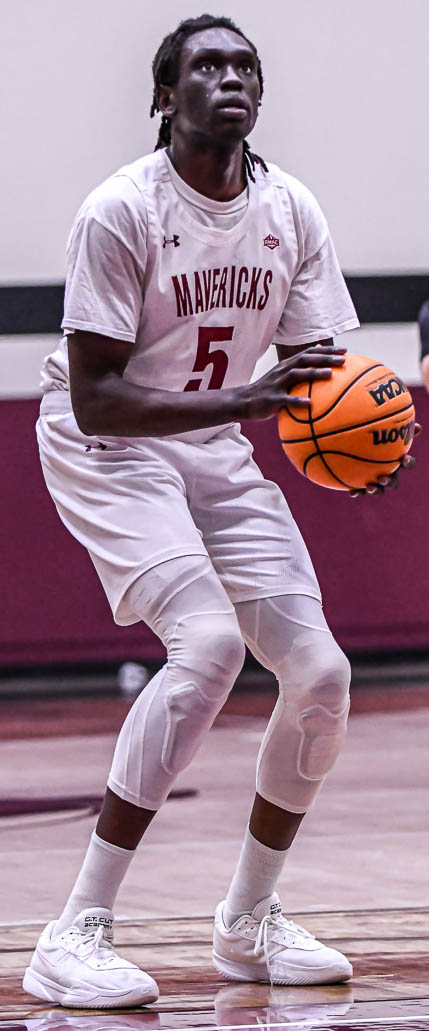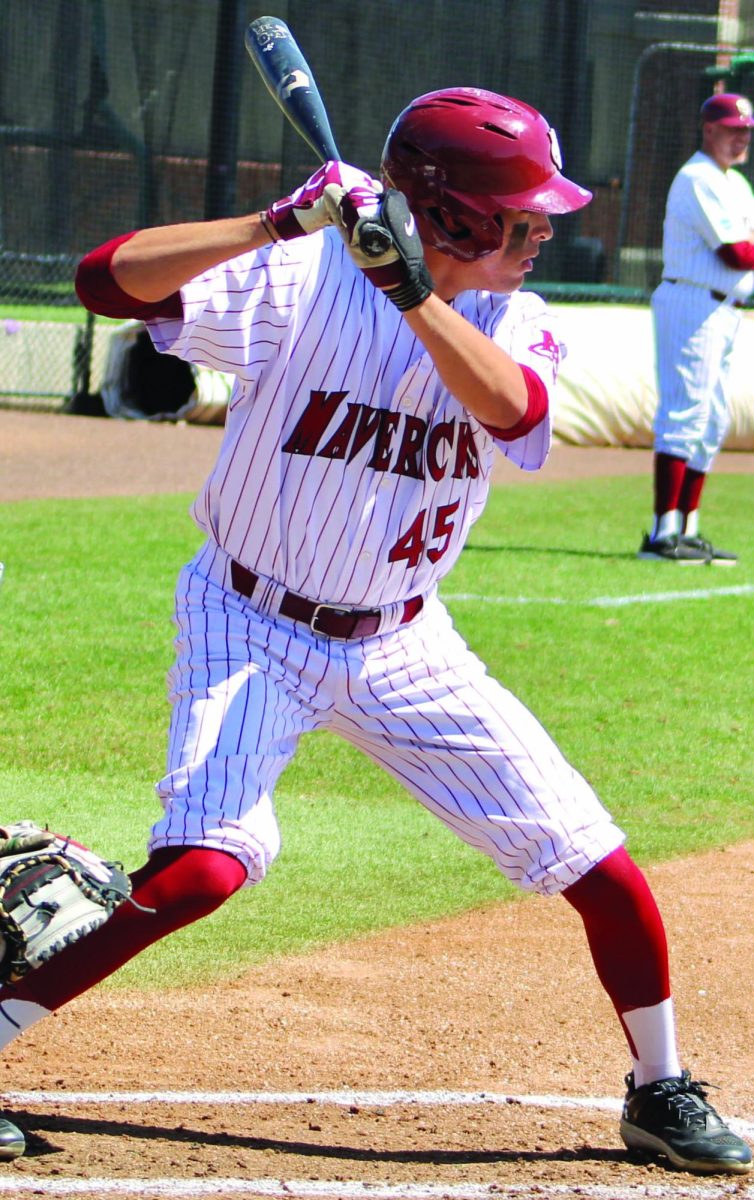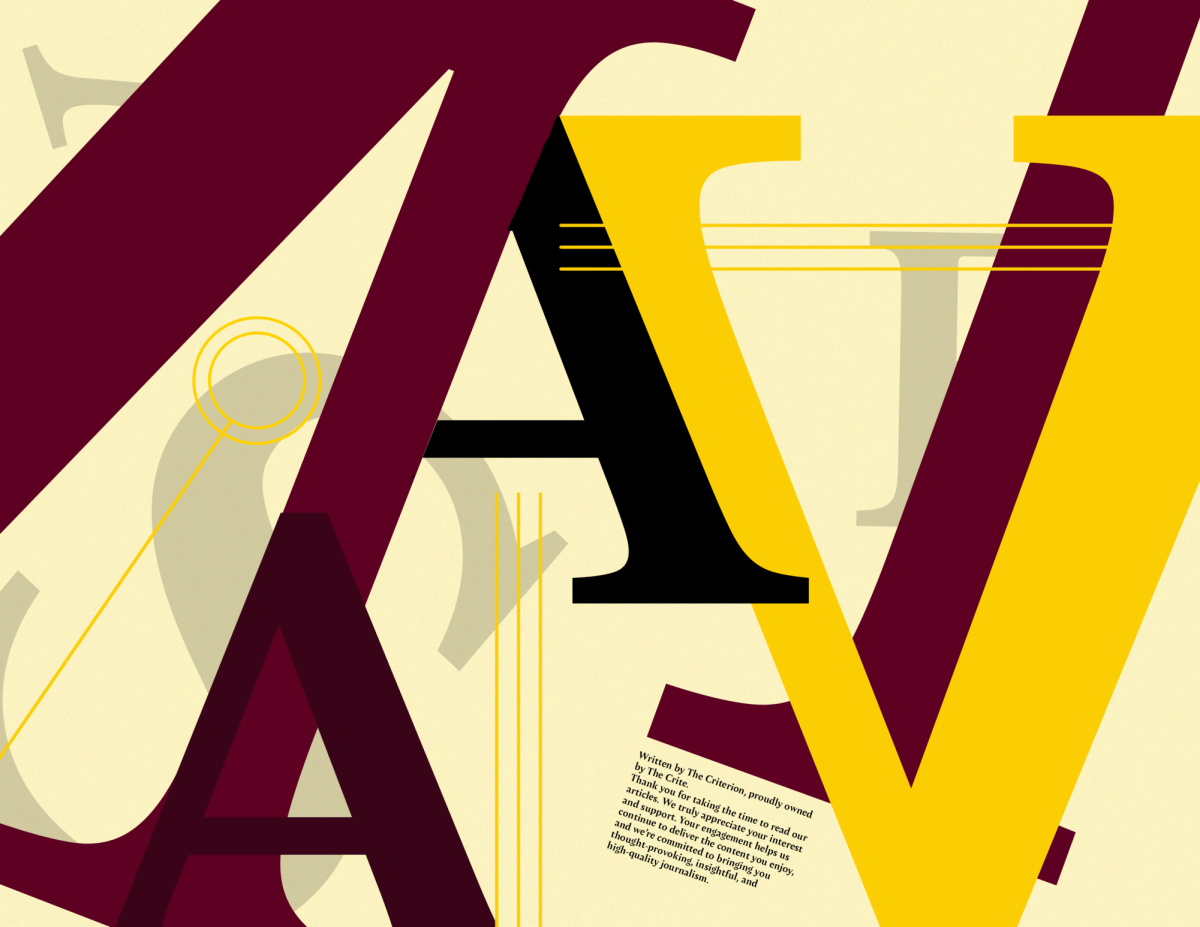Where does your money go in student fees? The Colorado Mesa University (CMU) biennial process determines the budget for student clubs and organizations and subsequent tuition changes. The most recent cycle of this process concluded in Fall of 2024.
Student life organizations create their budgets. bi-annually. Each club within student life is responsible for creating and outlining what they want in their budget. This is a long process for club leadership, running from August to October and concluding with a presentation to the Associated Student Government (ASG) House of Representatives.
Ultimately, an organization’s funding gets decided based on a mixture of historical spending and their statements about usage. Based on the allocation of funds, ASG discusses changes in tuition. After presenting the change in tuition to the Board of Trustees, they will either accept or deny these changes. In biennial history, the Board of Trustees has never amended or denied ASG this change in tuition.
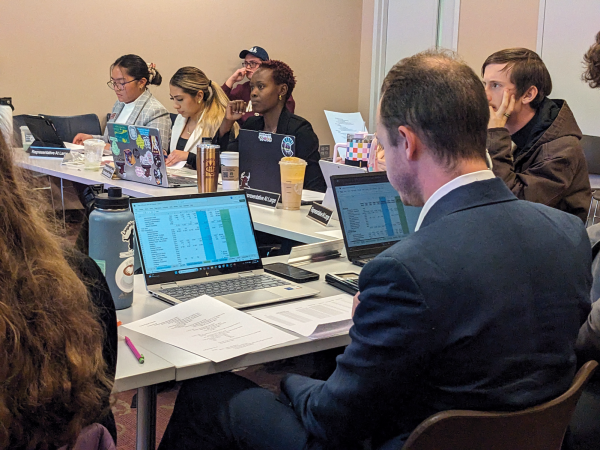
“Making sure that students get a say in where our student fees are going—that’s crazy. I can’t think of another university that does this. It’s a really cool opportunity to ensure students see the direct effects of their tuition and feel part of the process,” said ASG President Leilani Domingo.
An important perspective of the biennial is ensuring the budget and subsequent changes align with student benefits. For example, the Cultural Inclusion Council (CIC) funding was doubled to enhance events like cultural celebrations. However, it’s a delicate balance because all the money going to student organizations and clubs correlates to student tuition costs. One of the main goals of this biennial was balancing its effect on student fees.
CMU is one of the more cost-effective universities in Colorado. It’s a large contributor to the student population and outreach. With the CMU Promise going into effect, keeping tuition costs low is especially important.
“My biggest goal of the biennial was to keep student fees low, and if we were to give every org, every student stipend payment that $15 an hour, it would have increased student fees drastically. As president, I have to think, ‘How will a random student feel about this?’” expressed Domingo.
In this biennial, a large part of the process was debating fair compensation and financial constraints for student worker stipends. Any raise in student compensation would directly affect all students’ costs to attend. However, correct and fair compensation is equally important to student life.
Another point sparking controversy was the Rowdy Wranglers’ increase in budget. They had the largest budget increase. This was due to a previous history of inadequate compensation and a current need for more funding. Rowdy has retired to a hobby ranch of the Rowdy Wranglers club advisor and CMU alum Tom Benton. Benton also provides care for several calves at the Mesa County Fairgrounds. All of these animals are cared for and provided for by the Rowdy Wranglers.
“One of the big increases we had was with Rowdy Wranglers. Their club advisor houses Rowdy. He has a hobby ranch, he houses Rowdy and he pays for all his food. Pays for all his medication, everything just out of pocket. And it costs like $20,000 a year,” said ASG Chief Financial Officer Kaylea Esser.
The Programming Activities Council (PAC) also received a larger increase in budget. In previous years, PAC has put on events with artists like 3OH!3 in 2023. As a result of this biennial, the increased budget will be used for higher-tier artists and cultural events.
This budgeting process reflects CMU’s commitment to involving students in decision-making. Each student organization is tasked with creating a detailed proposal that outlines their intended use of funds. There is an emphasis on transparency and collaboration ensuring the funding aligns with the university’s goals and student priorities.
A key challenge in the biennial is finding the balance between supporting student organizations and maintaining affordability. With the rising costs of education nationwide, CMU has made a concerted effort to keep tuition and fees manageable. The CMU Promise—an initiative to make college more accessible—is a cornerstone of this commitment. By carefully evaluating each budget request, the ASG ensures that every dollar spent provides value to the student body.
One of the highlights of the 2024 biennial was the increased support for cultural and artistic initiatives. The doubling of CIC’s funding reflects a broader push to celebrate diversity and inclusion on campus. These funds will enable CIC to host more impactful cultural events.
Similarly, the budget increase for PAC is an effort to enhance campus life. By securing higher-tier artists and organizing large-scale events, PAC aims to provide students with memorable experiences. These events not only serve as entertainment but also as opportunities for students to connect and engage outside of the classroom.
While the biennial process is rooted in numbers and budgets, it also highlights the human aspect of university life. Looking ahead, the outcomes of the 2024 biennial set the stage for continued growth and innovation at CMU. The biennial is more than just a budgeting exercise; it is a reflection of CMU’s values.


